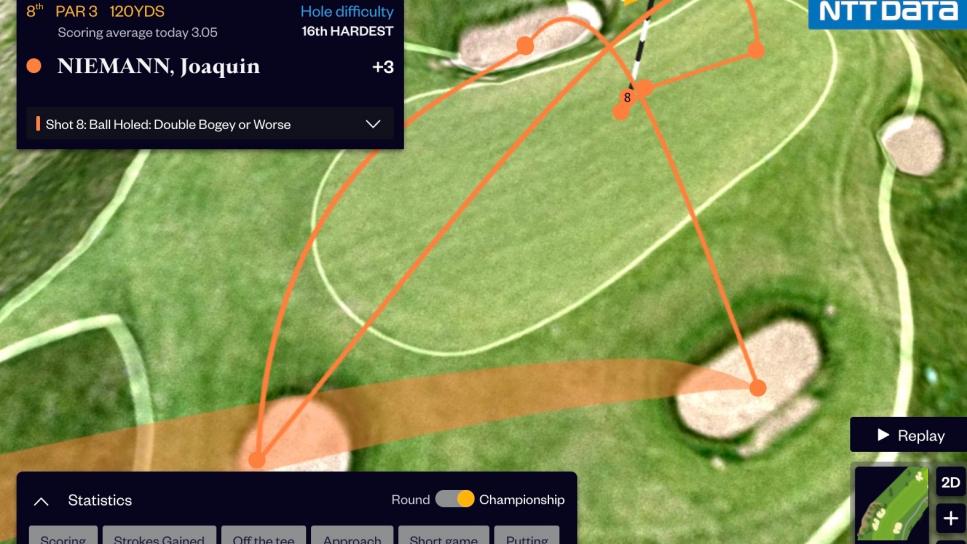British Open 2024: Stats reveal the secret to success on Royal Troon’s iconic hole – Australian Golf Digest

- by Admin
- July 19, 2024

TROON, Scotland—For the first seven holes, players march in an almost perfectly straight line, back into the wind, and all the way out to the far corner of Royal Troon’s property. It’s exhausting to walk, let alone to hit golf shots in.
Then they reach the par-3 8th, Royal Troon’s famed Postage Stamp hole, and spin around to play right back into it.
“That’s part of why the Postage Stamp is such a great hole,” says Sepp Straka after his first round. “You’ve got seven holes in a row of the wind being straight off the right…Your swing adapts to that, and all of a sudden you’re standing on 8 and you’re elevated, and this wind is all of a sudden into and off the left or down off the left.”
Even the slightest misjudgment could lead to carnage on the devilish little hole.
So what was the key to surviving this hole during the first two rounds of the 2024 Open Championship?
For that, we enlisted the help of our friends over at TopTracer, who have been doing a great job running all the shot-tracking data for the tournament. They provided Golf Digest with data for every tee shot on the hole from the opening round of the 2024 Open; here’s what we learned:
1. Low shot is the safest (and best)
The players who hit their shots low clearly fared better, hitting the ball closer to the hole than any other groups. Golfers whose tee-shots apexed under 75 feet—which, for context, is almost 30 feet lower than the PGA Tour average on comparable shots this length—averaged 24.7 feet away from the hole.
Shots under 75 feet would land short and carry the shortest distance, then release forward. They enjoyed the closest overall proximity to the hole because of it. But, interestingly, the low-route group also hit the fewest shots inside 10 feet (six) compared with the middle group (10) and the high-route group (12).
In short, it may be harder to get your ball closer going the low route—but it’s easier to avoid disaster opting for this strategy.
1.png.rend.hgtvcom.966.1208.suffix/1721413030760.png) 2. Going high is the hero shot
2. Going high is the hero shot
Interestingly, it was the middle ground—shots apexing between 75 and 85 feet—that served as the kind of no-man’s land.
Shots over 85 feet would descend onto the green with a landing angle of more than 53 degrees, and stop right away because of it. Those shots ended 28.3 feet away, and the group of players who hit higher shots into this hole combined for 12 shots to 10 feet or less.
The middle ground of shots between 75 and 85 feet ended more than 30 feet away. These shots landed just shallow enough to roll a little forward without being quite helpful, but didn’t fly or spin enough to grab the green close tot the pin.
It’s a sign that the middle group was perhaps suffering from a shot gone-slightly-wrong. A low shot that got slightly away from them, or a high one that they didn’t quite flush.
This article was originally published on golfdigest.com
The Latest News
-
January 8, 2025Vale: Stefan Kamasz (1949–2025)
-
January 8, 2025Rivals take stand against Ashes ‘novelty’ ahead of first match
-
January 8, 2025‘Really surprised’: Stosur’s big call on boom Aussie teen
-
January 8, 20252025 Sony Open tee times, TV coverage, viewer’s guide – Australian Golf Digest
-
January 8, 2025Get set for the Australian Open 2025: key dates, draws and everything you need to know





